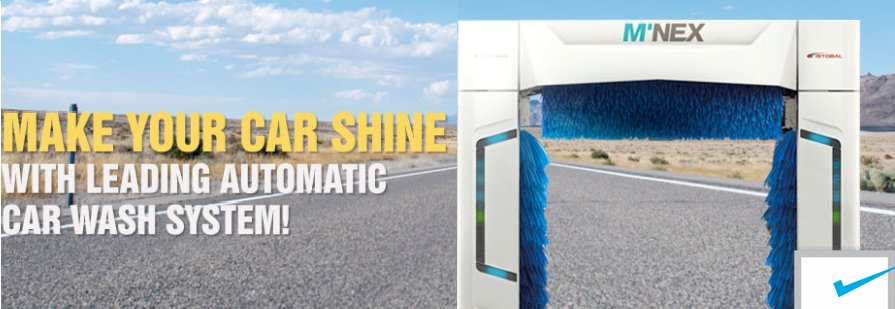Cleaning your
automobile with soapy water is a thing of the past. Today is the age of High Pressure Car Washer! This machine
works wonderfully on, lawn furniture, patio, grills, and driveways. So, let us
take a closer look at how it works.
Why
Use Pressure Jets?
Water easily gets
things cleaned because the water molecules have a slight electrical
polarity, so the molecules tend to stick
to things all by themselves. When soap is added to the water, it helps to break
down the grime and dirt, which easily sticks to the polarized water molecules.
However, some grunge is hard to remove no matter how hard you scrub or how
concentrated the soapy solution you use is. In such a case, using a Pressure Washer jet seems convenient, as
water gushes out with a force through a narrow hose nozzle, knocking dirt and
dust away just like heavy rainfall does.
How a Pressure Washer Works?
Step#1: The
detergent flows in from a container through one hose.
Step#2:
Cold
water flows in from another hose attached to a tap and is filtered on the way
in.
Step#3:
An
electric motor or a diesel engine powers up the washer and the process.
Step#4:
The
heavy-duty motor draws and mixes the detergent and water to a temperature of
50–70°C.
Step#5:
The
pump squirts out the hot, soapy water through the high-pressure exit hose
attached to the narrow nozzle to clean the automobile, efficiently.
The high-pressure
of the car washer jet cleans more
effectively while minimizing water wastage. With this machine, you save 80% more water than an ordinary hosepipe. And, if you have metered water, lesser wastage
would result in lower energy bills.
Parts
of Car Washing Machine
Water
Inlet: A hose that
connects the Car Pressure Washer to
the main water supply. Usually, a filter is attached at the head of the inlet
to prevent dirt and debris from entering the washer and clogging the system. You
cannot take a chance with the tiny bits of debris that blast out of the hose at
high speed.
Electric
Motor or Diesel Engine: Most smaller High-Pressure Car Washer runs on electricity, but some bigger
models have a diesel engine; especially where the supply of electricity is hard
to get. The motor of this car wash equipment is designed to power the water
pump.
Water
Pump: The
electric motor runs the heart of a car
washer. When the engine starts, it sucks water from the faucet into the
hosepipe and pushes the water in the opposite direction. The water then squirts
out in a high-pressure jet stream. A water pump is designed to handle 4–8
liters of water flow, per minute.
High-Pressure
Hose:
This hose connects
the washer to the cleaning attachment. A wire mesh combined with two or more
layers of high-density plastic is used in the high-pressure hose to withstand
the pressure of the water. The safety margin on the pressure-washer hose is
300%, so if your car washer is rated
2000 psi; it can endure a pressure of 6000 psi.
Cleaning
Attachment:
Depending on your cleaning requirements, you can use a simple trigger gun, a
rotating brush to scrub, or a spinning
wand spray to clean your automobile. The attachments are powered by the
pressure of the water flowing through them.


